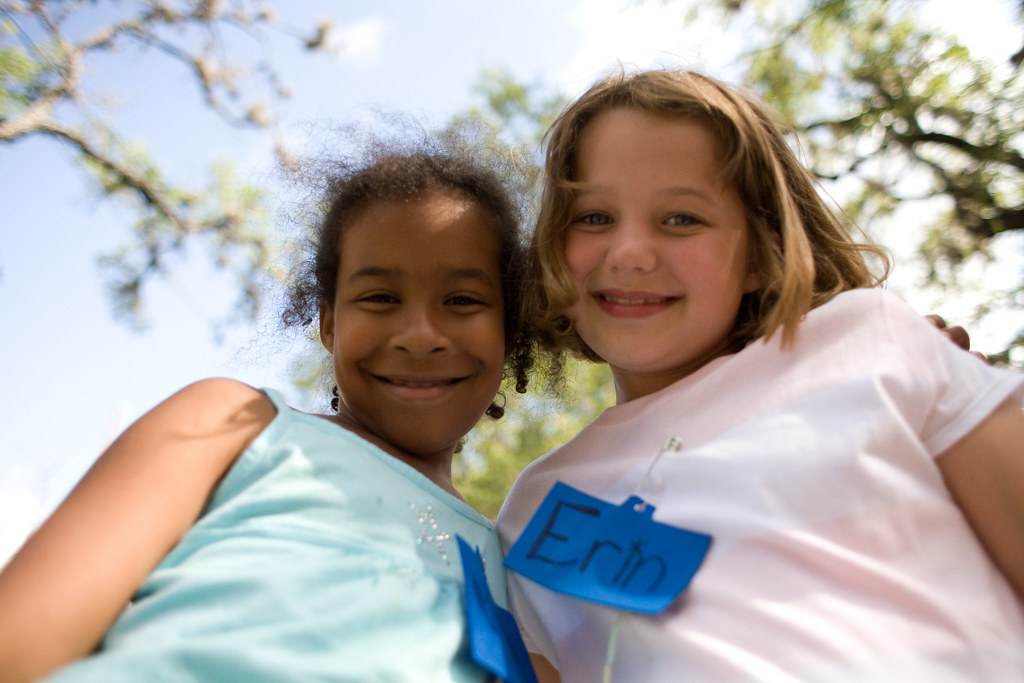Are young people today more moral and ethical than they were a generation ago?

If you’re prone to watching television shows like “Gossip Girl,” your answer is likely to be no. The truth, however, is that the popular media’s depiction of young people as morally adrift, materialistic and disaffected is wrong. The great untold story about young people today in Central Texas and across the country is that they are much more apt to make responsible choices and refrain from risky behavior than in the recent past.
Research is increasingly bearing this out. There has been a substantial drop, for example, in teenage crime over the past decade. The dropout rate has also decreased and college attendance among young people reached an all-time high in 2008. And recently, the
Girl Scout Research Institute published a nationwide survey of young people in middle and high school. The study, almost identical to one done in 1989, paints a fascinating picture of the beliefs and ethical values of young people and how they have changed in just two decades.
It turns out that nearly two out of three young people say they would not cheat on a test compared to about half in 1989. Fifty-eight percent say they would refuse an alcoholic drink if offered one at a party. That’s compared to fewer than half (46 percent) in 1989. And only 18 percent say they believe that smoking is alright if a person finds it enjoyable. In 1989, more than a quarter of those surveyed thought smoking was acceptable.
And our young people value diversity and civic involvement in a big way. Nearly six in 10 say that being around people from different racial and ethnic backgrounds is important to them. This appears to be particularly important to girls (63 percent versus 55 percent of boys). And some 79 percent say they are ready, willing and able to volunteer in their communities, and 71 percent of them say their religious beliefs are important to them.
This is not to say that all is perfect. Although many young people have good intentions about making responsible choices, they need help connecting these desires to action and decision making. That’s where we as adults come in. We should be doing all we can to value their voices and create venues for them to get involved. Our young people are as comfortable—if not more so—speaking their minds as previous generations, so let’s give them ample opportunity to do so by engaging them on issues that matter to them and getting them to take action by serving in our community.
This is not an issue solely for our schools; this involves all of us as a community. We at
Girl Scouts of of Central Texas offer many opportunities for girls to come together, develop skills and take the lead in projects that serve our community.

The
Forever Green project we are piloting allows girls to take lead on environmental projects and initiate a sustainable change in our communities. The
girl advocacy network helps girls learn how to impact laws at the local, state and national level. And last but not least, the
Girl Scout Bronze, Silver and Gold Awards provide project road maps for girls to make the world a better place through a cause of their choice.
We’re certainly not alone in offering young people opportunities to express themselves and build leadership skills, but all of us must redouble our efforts. That's why we want to hear it from you: How do you empower girls to make the world a better place? How do you offer guidance? What activities have been the most successful? What tips can you offer other adults committed to helping girls grow?
If we as a community help our young people, they can fully develop the moral and ethical values that will serve them—and all of us—well for generations to come.
-Etta Moore




























